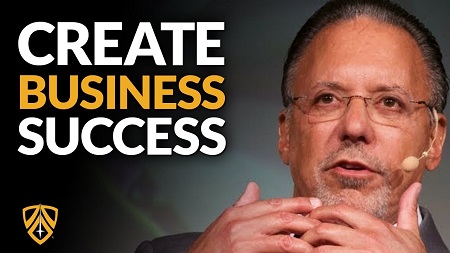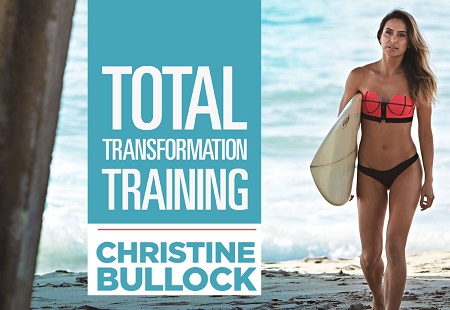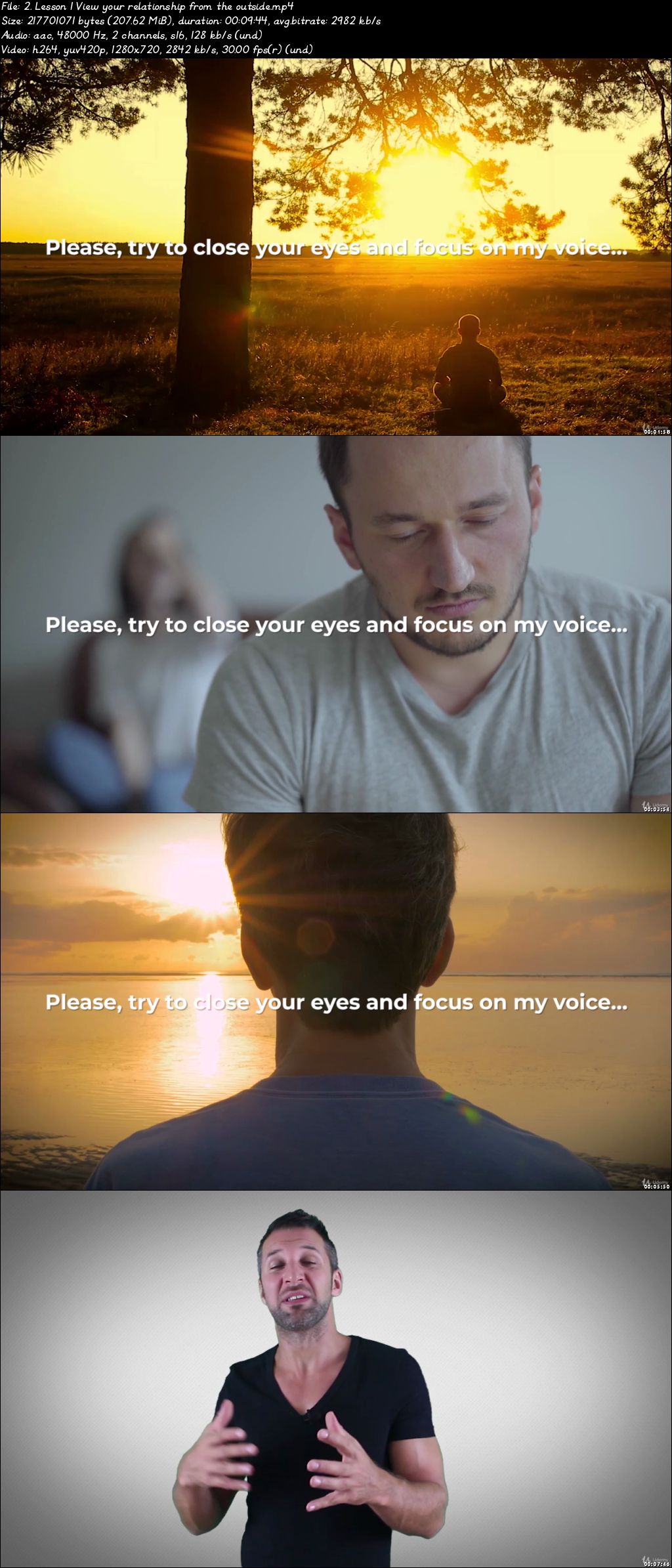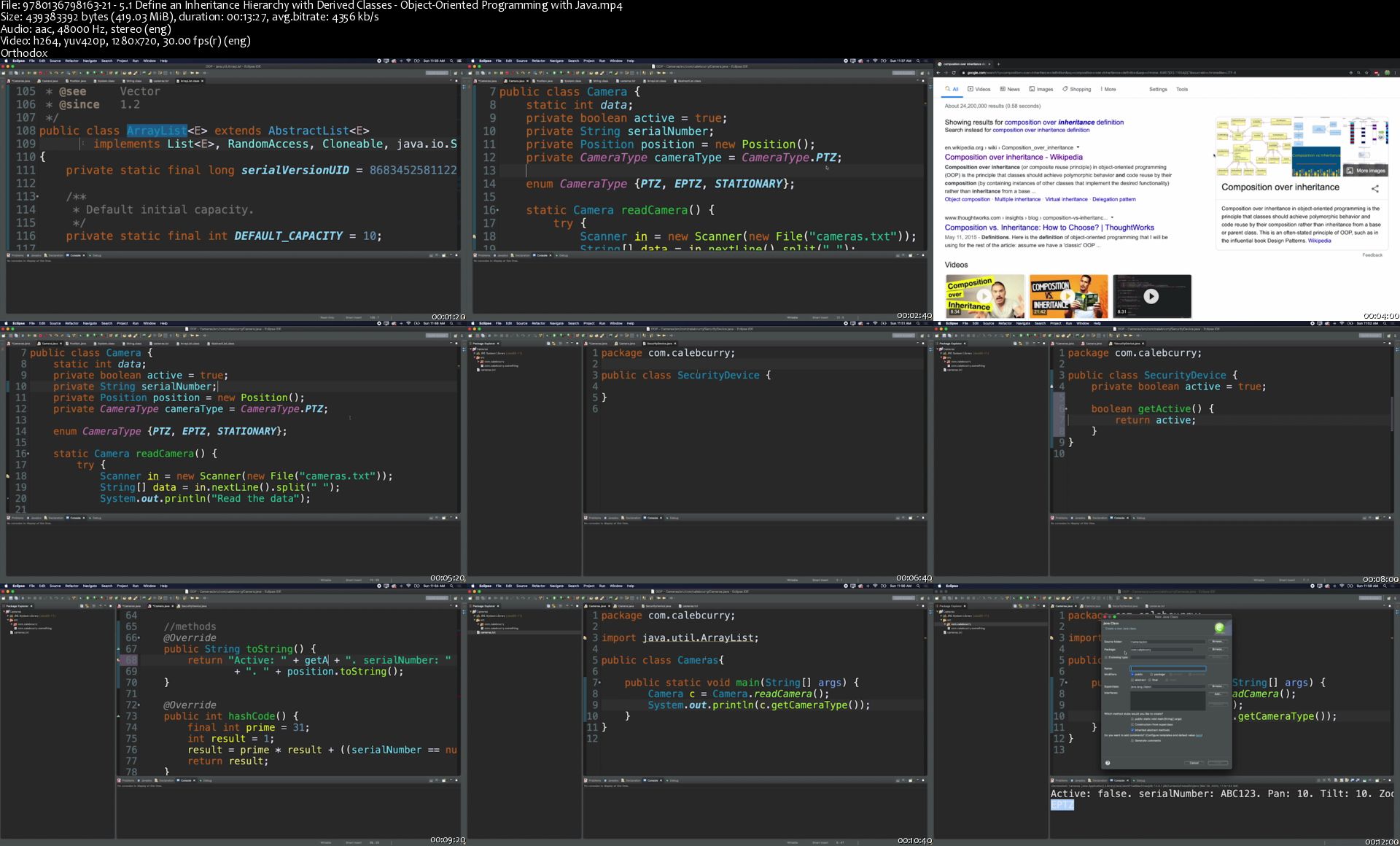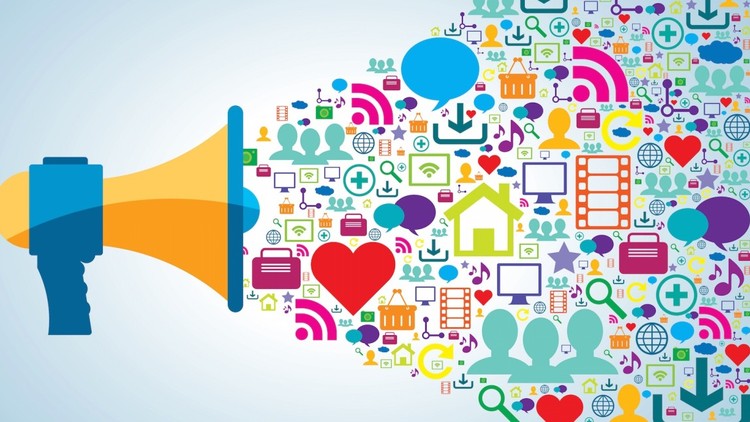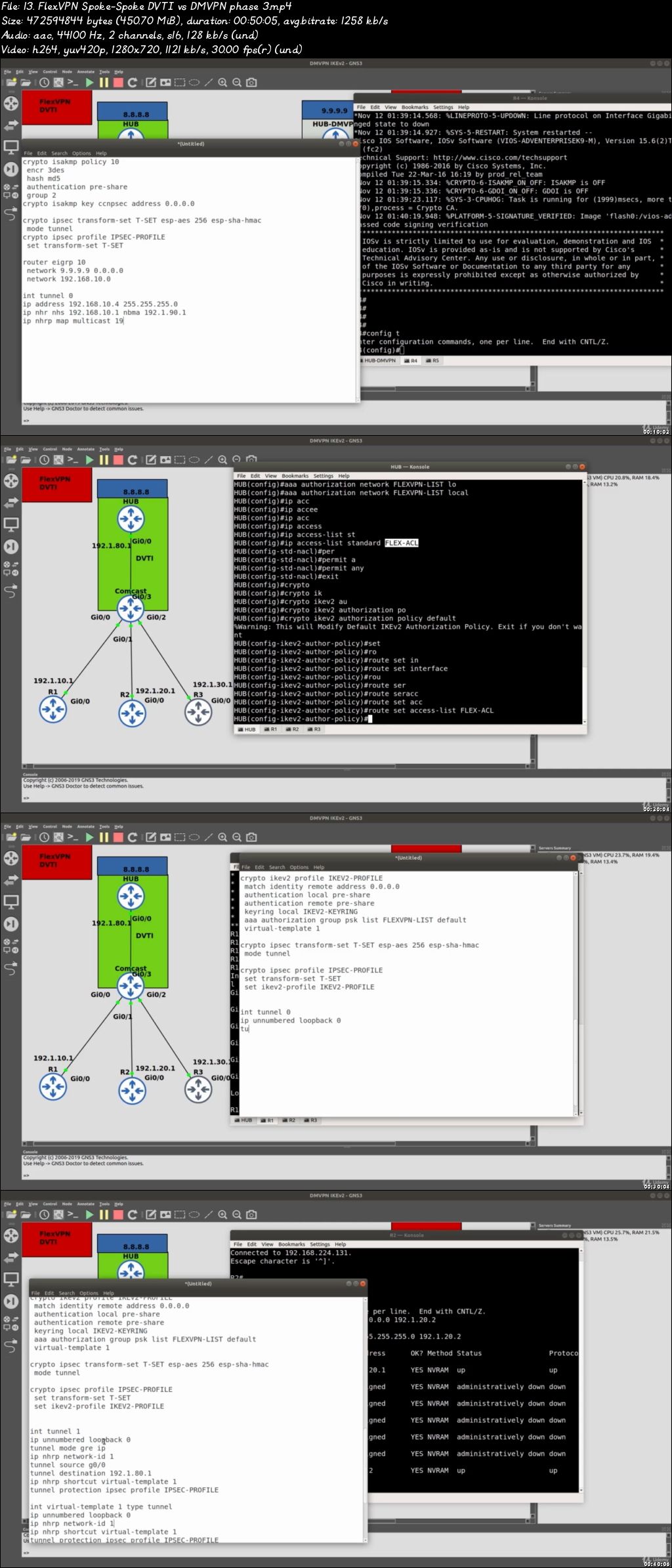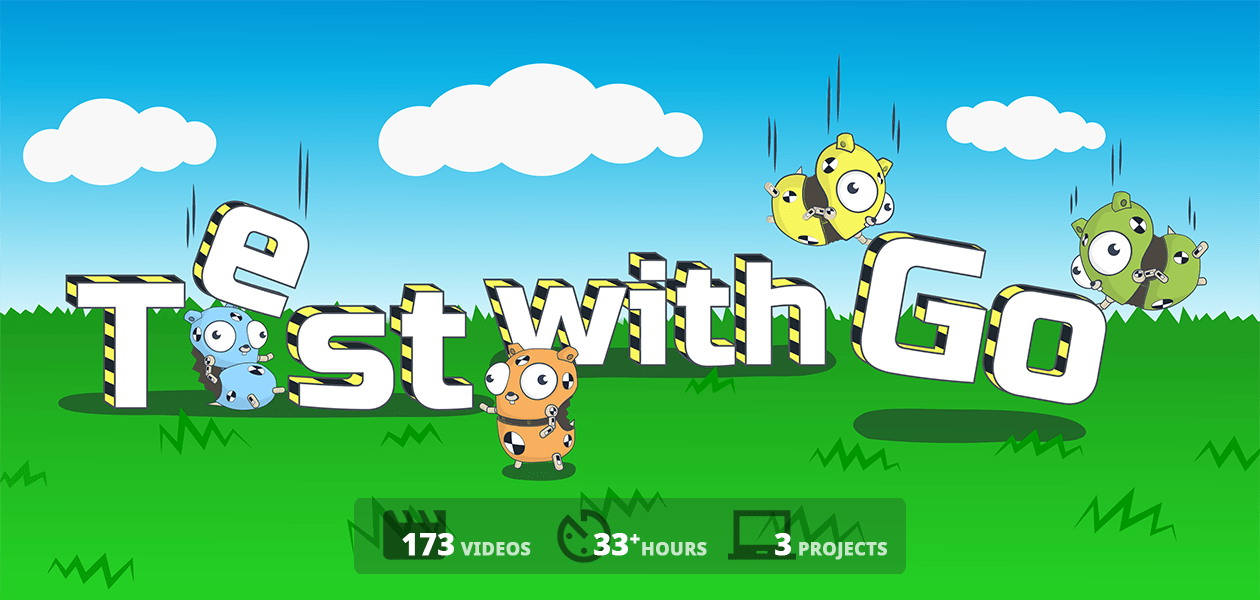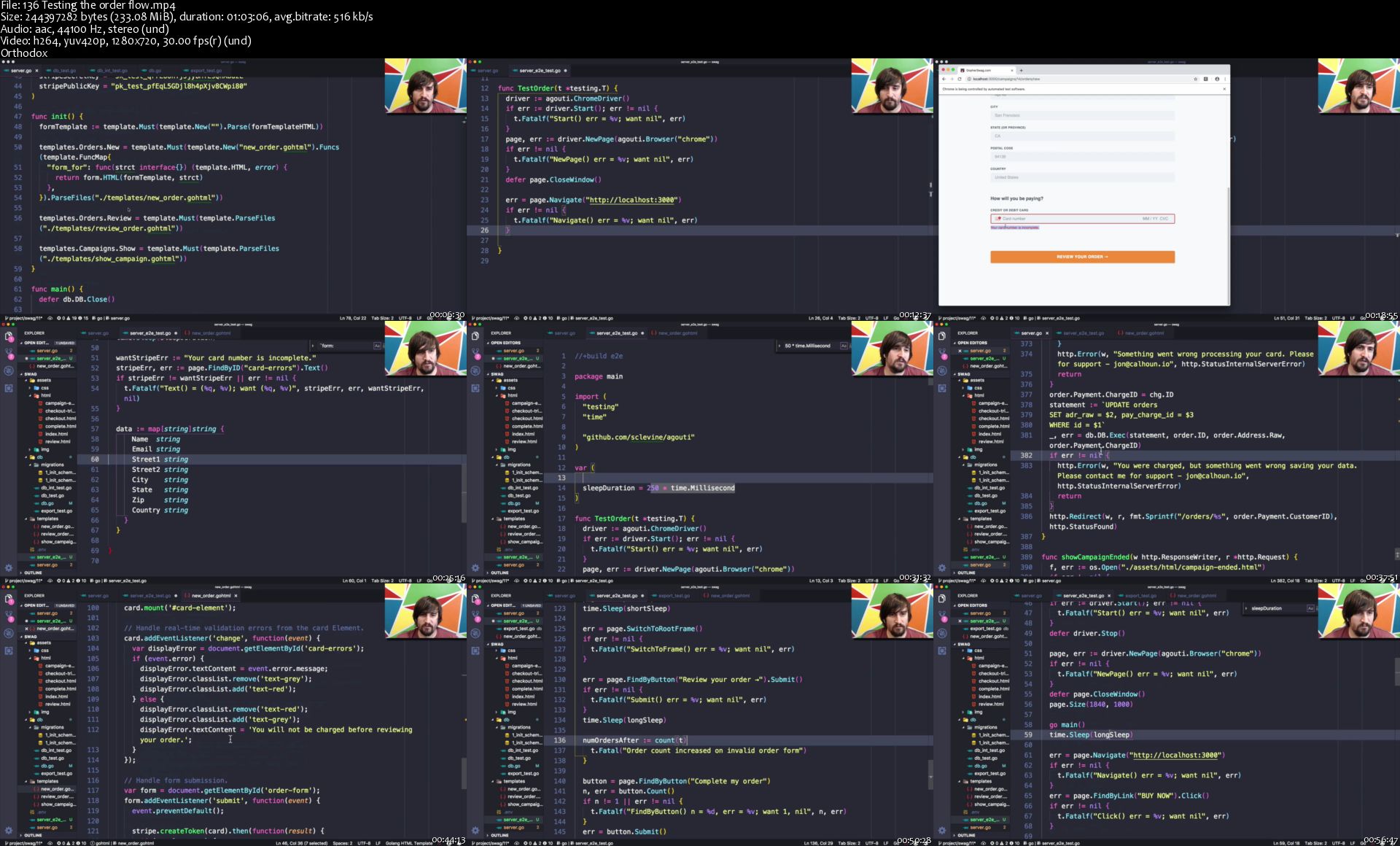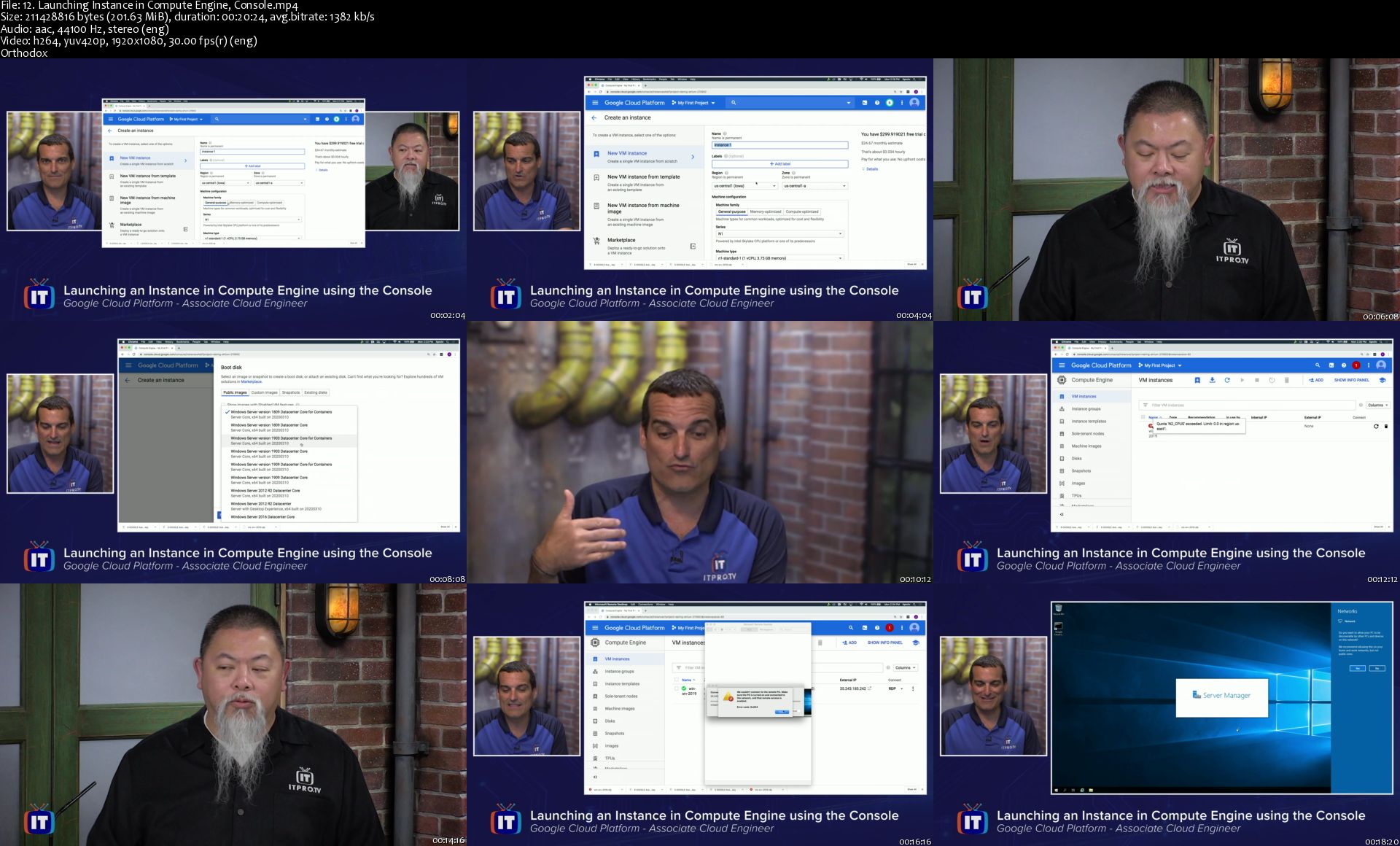Marketing in 2020- Top Class Course
Marketing in 2020- Top Class Course
Video: .MP4, 1280x720 30 fps | Audio: AAC, 44.1 kHz, 2ch | Duration: 81:07:07
Genre: eLearning | Language: English + Subtitles | Size: 66.7 GB (Total)
Theory and Case studies
What you'll learn
Services Marketing : Integrating People, Technology, Strategy
Marketing Analytics
Integrated Marketing Management
Global Marketing Management
:Marketing Research and Analysis-II
Soft Skills For Business Negotiations And Marketing Strategies
Marketing research and analysis
:Services Marketing: A Practical Approach
:Marketing Management - II
Services Marketing
Strategic Marketing - Contemporary Issues
Requirements
beginners and advanced leveles also welcome
Description
Welcome to this course on Services Marketing, I am the Zillur Rahman, professor in the
Department of Management Studies at IIT, Roorkee. Across this course, we will give a
special emphasis on Integrating People, Technology and Strategy. Let me explain you why
this is important? As you know that competition is changing every day it is becoming more
intense and your competitors are coming with newer technologies.
Now, companies they have to skill their employees in this new technologies. The employees
have to unlearn the older skills and learn new skills. Companies at the same time have to
educate the customers in using those technology and to educate and make them aware of how
these new technologies are going to benefit them.
Now, with all these changes, changes happening in the environment, companies also have to
then, take these changes into consideration and incorporate them in their strategy. So, that
they remain relevant to the customers as well as employees. So, this is the uniqueness of this
course that also this course we will be talking about how to go about integrating technologies
people and a strategy.
This course is divided into five sections and it has 40 modules. These are those 40 modules
the five sections are. In the first section that is ended understanding service products,
consumers and market is spread across 8 modules. The second section that is on applying the
4 Ps of marketing to services, it spread from module 9 to 19. The third section is on managing
the customer interface that will that will cover module 20 to 29.
The fourth module has will, will be talking about developing customer relationship that
spreads from the module 30 to 35 and in the last we will be talking about, in the fifth section
is striving for service excellence, this covers module 36 to 40. Now, let us start with the first
section that is understanding service products, consumers and market. In the first three
module, that is Module 1, 2 and through 3, we will be talking about new perspective on
marketing in the service economy.
Let us start with module 1. So, we are not talking on New Perspectives on Marketing in the
service economy. So, we will be talking about understanding how services contribute to a
country's economy and the principal industries in the service sector. We will then identify the
powerful forces that are transforming service markets.
This is the overview of this course, we will talk about why should why we should study
services marketing? And then we will talk about the various definitions of services, we will
then move on to the service sector, what are the industries in the service sector?
The categories of service by the types of processing then we will move on to the key trends
and then, we will also talk about services for what are the distinct challenges that services for
opposes for marketing? And then we will talk about the functions and the service profit chain
and how we should put services strategy into action? So, this is this is what we are we will be
talking about through these modules.
Now, why we should study services? So, the first important point is that services dominate
the global economy. There is an increasing size of service sector across the globe, across the
globe across all the countries the size of service sector is increasing and the relative share of
employment between agriculture and industry and services is changing dramatically.
The, this proportion of employment that comes from agriculture or manufacturing or services
it is changing and even in emerging economies, the service output is growing rapidly and
often represents at least half of the gross domestic product. So, it is about 50 percent of the
GDP that comes from services and the rest 50 percent comes from agriculture and industry.
So, that is why it is important that we should study services.
Now look at this, this slide it shows the evolution of service dominated economy. On the x
axis we have time and per capita income. So, it moves from left to right and from lower to
higher and then on the y axis we have share of employment again it moves from, bottom to
the top as we go up. So, now you see that, these services, the contribution of services in the
GDP and per capita income has increased tremendously.
This slide shows the contribution of service industries to the GDP globally. So globally,
services account for 63 percent of the global GDP, 31 percent comes from manufacturing,
and 6 percent comes from agriculture. So, it is more than 50 percent of the GDP across of the
globe that services contribute to.
This slide shows the size of service sector in various economies. So, you see that on the top
we have countries like Bermuda and Hong Kong and Bahamas and at the bottom, we have
countries like Indonesia, Laos, and Saudi Arabia.
So, this shows the service as percentage of GDP. So in Bermuda is 94 percent of the GDP
while in Saudi Arabia it is 36 percent of the GDP and there are lots of, in India the World
Factbook, 2015 shows that it is 57 percent and now it has increased to more than 60 percent.(Refer Slide Time: 06:13)
The second important point that makes studying of services in important is that most new
jobs are generated by services. So, it is not only about the contribution of services in the
GDP, but also the more amount of job that it generates. So, in most countries around the
world, new job creation comes mainly from services. There are knowledge based industries
such as professional and business services, education and health care. They generate high
paid jobs. In fact, this shift in employment to the service sector has been seen as one of the
longest and the most stable of the economic trends.
Many manufacturing firm too have moved from just bundling supplementary services with
their physical products to marketing certain elements as standalone services. For example,
IBM that was primarily known as a manufacturer has now transformed into a service provider
and has become the world's largest business and technology service provider offering
management consulting, systems integration and application management services as part of
IBM Global Services. So, you see that the manufacturing pure manufacturing firms they are
moving towards services as and several of them including IBM have now become a pure
service company.
Now, this slide shows the share of service sector in GDP and employment. So, in India, it is
the gross value added by services is 53.2 percent and the employment it generates is 28.6
percent, while in U.S they are about the same. The gross value added is 79.3 percent while
the employment is 80 percent.
(Refer Slide Time: 08:03)
The third important point for us to study services marketing is that understanding of services
will offer personal competitive advantage. So, the distinct characteristics of services and how
they affect both customer behavior and marketing strategy will give important insights and
perhaps create a competitive advantage for us as not only a customer but also as an employee.
This is the distribution of principal industries of the service sector. So, agriculture, so, this is
agriculture, forestry, fishing and mining that contributes to 77, 7.7 percent then there are
government services that contributes to the highest and that is 30, 13.2 percent.
(Refer Slide Time: 08:56)
Now, let us look at some of the powerful forces that are transforming services markets,
government policies, business trends, advances in IT etcetera, are among the powerful forces
transforming today's service markets. Collectively these forces they reshape demand, supply,
competitive landscape and even the way customer buy and use services.
Of these forces the dramatic development of IT and communications is perhaps the most
important at the moment. So these powerful forces, they are transforming service markets and
the service markets are no longer what they used to be. Because they are reshaping the
demand and supply and the competition and therefore, they have all they have also brought
about a change in how we as customers buy and use services.
Then innovation in big data, the user generated content, mobile communications and network
technology, Artificial Intelligence and app based self service technologies bring their own
service revolution. These technologies they enable firms to deepen the relationship with their
customers, offer multiple ways information flow, and more personalized services. They
improve analytics and improve productivity and therefore improves profitability.
These technologies also lead to an array of innovative business models. Because of these new
technologies. There are different kind of, innovative business models that are coming and the
first is peer to peer services. For example, which is also called us P2P, for example, Airbnb
for short term accommodation and lending clubs for personal loans. Another important
business that has come up is the integrators. For example, Uber connects passengers with
independent drivers through their app. Then there are crowd based, crowd based services for
crowd, crowd based services. For example, crowdSPRING, a leading provider of logo and
graphic design services. So, they source ideas from the crowd and then they provide services
based on those ideas.
These are the factors that stimulate transformation of service economies, these factors,
government policies, the social changes, business trends, advances in IT and globalization,
these are the things that have that are there in the external environment and these, the and the
keep on changing all the time. So the government there is no control and the government
keeps on changing the policies.
The society keeps on changing. The trends in businesses keeps on changing. Then there are
advances in information technology and all you also know that globalization is happening
across the world. So, now this leads to new markets and productive development of new
markets and product categories, increasing demand for services and more intense
competition. We will talk about each one of these changes in detail in a moment.
Now, this leads to innovation in service products and delivery system is stimulated by better
technology, which leads to customers are now having more choices and they exercise more
power. Now, the success hinges on understanding customers and competitors, viable business
models and creation of value for customer and firms.
Now look at the changes in regulation. For example, ban on smoking in restaurants and
limitation of transfats in food preparation. The impact of this and service economy is that
there is improved customer comfort. Healthy measures in restaurants will encourage people
to dine out more often. Then privatization for example, privatization of infrastructure services
like utilities and transportation, the potential retrenchment of existing suppliers in a more
competitive environment, but job creation and investments by new player entering the
markets.
Now let us look at what are the social changes that are happening for example, rising
customer expectation because the competition is changing more number of competitors are
coming therefore, the customer expectations are rising, more affluent customers, people
running short on time, increased desire for buying experiences versus buying of things.
Rising consumer ownership of high tech equipment, Easier access to information,
Immigration people moving from one place to and growing but aging population.
Now let us look at look at the examples for these and what are the impact of these on service
economy. So, rising customer expectations base that higher expectations of service quality
and convenience for the customer. Therefore, that requires training or services staff to deliver
good service extended hours often offer more part time job opportunities.
So, people may be working full time somewhere and then they also work part time at another
place. More affluence means people have more money. So, there, there the impact of this on
service economy is that there is a possibility of creation of wide variety of offerings,
development of new services in new locations and that will boost local economies not only in
terms of money but also in terms of employment.
(
The third factor that is stimulate the transformational service economy are the business
trends. That includes push to increase shareholder value. Emphasize on productivity and cost
savings, manufacturer should add value through service and sell services there is a need for
more strategic alliances and outsourcing. Also there is a need for focus on quality and
customer satisfaction, growth of franchising and marketing emphasis by nonprofits. So, now
you see that nonprofits are also going into marketing. So marketing is is not only for profits,
but also for nonprofits.
(
Now, let us look at what are the examples related to these business trends and how each of
this business trend is affecting is impacting the service economy. So, let us look at how
emphasis on productivity and cost savings affect the service economy. So, there is a move to
move towards self service technologies where people use technology or consumer use
technology to do things. For example, when we are using an ATM that is a self service
technology.
So, therefore, the service companies will have to rethink service delivery system they have to
invest in new technologies that replace employees and then you also keep in mind that the
technology keeps on changing therefore, there will also be a need to replace these existing
technologies with new technologies and that requires lots of money.
Another business trend is the growth of franchising the fast food chain are expanding around
the world and that is basically a generally because of the growth in franchising. These fast
food companies they normally adopt a franchising model. So, the challenge there is a
challenge for maintaining consistent services standard worldwide, while adopting a local food
preference and cultures, so the challenges that services standards should remain the same
across the world, but at the same time we should be adopting or they should be adopt
adopting to the local preferences and culture.
Another factor that is stimulate the transformation or service economy is the advances in
information technology like growth of internet one, then there now we have greater
bandwidth. We have now compact mobile equipments that we carry all the time. Then there
are wireless networking. So, we have Wans and Bluetooth, etcetera, LAN, wireless
networking, faster more powerful softwares then we have now moved to digitization of text,
graphics, audio and video.
Now let us look at how they affect the service companies and what are examples for each one
of them. So, the growth of internet, the example is the information is there on the fingerprint
at the fingertips of customers, making them more knowledgeable and informed. So, they can
they can within seconds, they can search and learn lots of things about lots of things about
what they want to search for, what they are searching for.
Now, the impact of this on service economy is that it has lead to creation of new services that
gather the various sources of information and repackage them to provide value to the
customers digitization of text, graphics, audio and video. So, now example is on line
downloadable service providers. There is a need for service providers to invest in maintaining
a secure and credible website and guarantee virus free files for downloading and many a
times all these downloads are free of cost.
(
Yet another force that is transforming the service economy is globalization. Globalization, for
example, more and more companies are now operating on a global basis or transnational
basis or international basis. The international travel has increased tremendously. International
mergers and mergers and acquisitions and alliances are now a normal thing.
It is possible to offshore customer services earlier we would we were into offshoring,
offshoring of manufacturing now with, with globalization, offshoring of customer services
also possible then there are foreign competitors that invade domestic markets. So, when we
are looking at the business environment, it is not only the domestic competitors that we
should be worried about, but also foreign competitors because of globalization it is not
possible for any company to go into any country. So, that has increased the competition
tremendously.
Now, let us look at look at the examples for this. So, more companies are now operating on a
global basis. So, there are MNCs such as banks and the Big 4 accounting firms. They have
numerous operations around the world and there are various advertising agencies and
consulting agencies that have operations across the world.
So, what is the impact of this on service economy. So, this has lead to increasing the scope of
services that can be provided. This also needs training of a staff in local markets to upgrade
their skills, capabilities and services standards. What happens when foreign competitors
invade domestic markets? So, there are international banks such as HSBC and American
Express doing business in India.
Now, what does that that means for Indian banks. So, these, these banks they build network
by purchasing one or more regional banks. So, they do not have to set up shop from scratch
they just acquire or purchase one of the regional banks and then they rebrand them and make
them International Bank.
So, they invest heavily in new and improved branches and in electronic delivery channels
because they because these banks, they have lots of money and they have lots of experience
of operating across the world. So, they invest heavily in new and improved branches and
electronic delivery channels.
Now, let us look at B2B services as core engine of economic development. So, we are
looking at B2B services and then we will understand how they lead to economic
development. So, there are provisions of assets and processes that is ranging from the
provisions and operations of machine to entire manufacturing lines.
So, there are various service industries for example communication, transportation, utilities,
banking and insurance etcetera. Now, the service industries they give rise to manufacturing
logistics and distribution services post sale service. So, service for manufacturing means
service provider inside firm services provided inside the manufacturing firm. For example,
accounting, designing, legal and advertising.
So, there are R and D services and product design, services, then there is a need for logistics
and distribution services for example supply chain management, transportation, wholesale
and retail. So, you keep in mind that even if we are talking of manufacturing there are lots of
services involved.
Then there are post sale service for example, maintenance of machineries and parts and
repairs and upgrades recycling and disposal and then these services can be for commercial
use or for consumers to cons or for the end consumers. Then there are certain government
support services, for example infrastructure is to be provided by the government, education,
public safety and regulations.
In the first section, we have started talking about understanding service products, consumers
and markets. This section is divided into seven modules and the first three modules are
dedicated to new perspective on marketing in the service economy. We have talked about
module one and two and now, we will talk about the module three.
And in module three, we will talk about things like first, to understand the component of the
traditional marketing mix as applied to services. Second is to describe the components of the
extended marketing mix for managing the customer interface. The third is appreciate that the
marketing operations and human resource management functions need to be closely
integrated for service businesses.
(
Fourth is to understand the implications of the service profit chain for service management
and the fifth is know the framework for developing effective service marketing strategies.
So, let us start with the 7 'P's of services marketing we have all of us are well aware that
there are 4 traditional pieces of marketing that is product, price, place or distribution and
promotion or communication. In services marketing, this marketing mix is extended to
include three more piece. So, it makes 7 'P's of services marketing. The three more 'P's are
the 3 additional 'P's are process, physical environment and people. So, these are the 7 P's of
services marketing.
Let us look at the place and time. So, service distribution may take place through physical or
electronic channels or both of them depending upon the nature of the service. Banks offer a
wide range of distribution channels, including visiting a bank branch, using a network of
ATMs, online banking on desktop and using apps on your smartphone et cetera.
For the same, so you see that for the same kind of services banks are offering different
channels to the customers. In particular, many information based services can be delivered
almost instantaneously to any location in the world that has internet access. So, the only thing
that is required for delivery of service is the internet access.
Next important thing that, we should be looking at is the distribution of core versus
supplementary services. So, internet is reshaping distribution strategy for numerous
industries. But, we need to distinguish between its potential for delivering information based
core products, those that respond to customer's primary requirement and simply providing
supplementary services that facilitated purchase and use of physical goods.
So, there are two things that worry us, one is the information based core product. So, those
products that respond to customer primary requirements and then the second is a
supplementary services that facilitate, purchase and use of this physical goods. Example of
information based core products include online education programs offered by NPTEL.
In contrast, if you book a flight online, the delivery of the core product itself must take place
through physical channels and you will have to go to the airport in person to board your
flight.
(
Another important component of this traditional marketing mix as applied to services is the
importance of the time factor. Speed and convenience of place and time has become
important determinant of effective distribution and delivery of services. Many services are
delivered in real time while customers are physically present. Today, customers are highly
time sensitive mostly in a hurry and see wasted time as a cost which should be avoided.
Increasingly, busy customer expects service to be available when it suits them. So, when they
want then the service should be made available to them rather than when it suits the supplier.
Earlier version is that when the supplier wanted them, he used to supply services. But now, it
is the other way wrong customer expect the service to be delivered when they are free when
they wanted.
So, if one firm responds by offering extended hours, its competitors often feel obliged to
follow suit. Because all the customers will shift to the earlier company which is offering
extended hours. So, nowadays, a growing number of services are available 24 by 7 and via
many more delivery channels.
(
The third important, the next important component here is that of promotion and education.
Few marketing programs can succeed without effective communication. So, this component
plays three vital role. So, this promotional education this plays three vital roles. The first is to
provide needed information and advice persuade target customers to buy the service products
and encourage them to take action at specific times.
(
In services marketing, much of the communication is educational in nature, especially for
new customers because these new customers are to be educated. So, this communication is
more of educational in nature. Suppliers need to teach their customers about the benefits of
the service, where and when to obtain the service and how to participate in service process to
get the best results. So now, what a supplier have to teach customers is where and when to
obtain the service, how to participate in that service. So, that the customers can get the best
results from that service.
(
Now, the next problem is that services are often difficult to visualize and understand as
intangible elements tend to dominate value creation. So, now you keep in mind that the
problem with services is that they are dominated by intangible elements and that is why it
becomes difficult for customers to visualize the service.
So, intangibility can consist of both mental and physical dimension. Now, what is this mental
and physical dimension? So, mental intangibility means that it is difficult for customers to
visualize the experience in advance of purchase and to understand the value and benefit that
they will be getting. So, the customers have to first purchase a service and then experience a
service to understand what will be the benefits of the service. Another is physical
intangibility which is that which cannot be touched or experienced by other senses. So, these
are the two types of the intangibility that we are talking about mental and physical.
(
Intangible elements are such as processes, internet based transactions and expertise and
attitude of service personnel. These often create the most value in the service performance.
Therefore, an important role of the service firm's communication is to create confidence in
the firms experience, credentials and expertise of its employees.
Now, you see that there are some intangible elements which are very important for
customers. For example, the processes of service delivery, then there are internet based
transactions, expertise and attitude of service personnel. So, firms can use physical images
and metaphors to promote service benefits and demonstrate the firm's competence in these
four areas, in these four intangible elements.
Then there is always a customer-customer interaction that affect the service experience
because there may be more than one customer present at the time of service delivery. So, that
customer-customer interaction there it also affects the service experience. So, other customers
have the service facility to can affect your satisfaction as a customer.
How they are dressed, who they are and how they behave. So, this can reinforce or negate the
image of the firm is trying to project and experience it is trying to create. So, the firm is
trying to create certain kind of image and experience. But because there are other customers
around in the facility where the service is being delivered and how they are dressed who they
are and how they behave. So, that can affect the experience of all the customers.
Marketing communication needs to be careful to attract the right segment to the service
facility and wells there it needs to educate them on the proper behavior. So, the first
important thing here is to attract the right kind of segment and then to educate those
customers for proper behavior. So, that the experience of everyone is fulfilling.
(
Another issue here, the next issue here is that of the process. Creating and delivering product
elements requires design and implementation of effective processes and processes are the
sequence of steps taken to deliver a service. So, badly designed service process can lead to
slow bureaucratic and ineffective service delivery.
Wasted time, wasted time for the employees, service delivery employees as well as the
customers are disappointing experience for all the customers, low productivity with respect to
the service delivery employees and increased likelihood of a service failure. So, when the
service processes are not properly designed, then there are lots of problems and this will lead
to service failure.
Operational input and output can vary widely, vary more widely for services and can make
customer service process management a challenge. So, in services, the input and output can
vary. So, best firms reduce variability by carefully designing customer service process. So,
each process is well defined.
Each activity to complete a process is well defined. So, that this variability comes down.
Adopting a standardized procedures and using technology or equipment, training employees
to be more careful and deliver the same kind of service to everyone and automate tasks
previously performed by humans. So, humans are may replaced by technology or equipment,
so that the service become standardized.
Now, customers are also often involved in co-production of the service. Some services
require customers to participate actively in co-producing the service product. For example,
you are expected to help the investment banker understand what your needs are, how much
you want to invest financially and the kind of risk you are willing to take.
So, the customers have to give all this kind of information to the investment banker and only
then the investment banker will be able to make a proper investment strategy for that
customer. So, this will enable the banker to advise you on what to invest in, when to invest
and what may be the best investment options available to you. In fact, services scholars argue
that customers often function as partial employees. So, partial employees means doing some
activities that the company's employees are supposed to do. So, in services, customer are
often doing several functions that employee does. So, therefore, they are also termed as
partial employees.
Yet another problem with services that of balancing the demand and capacity. Manufacturing
firms can ensure a smooth process flow by having an inventory of material and parts ready
for us. So, in manufacturing lots of inventory can be maintained of the raw material and semi-
finished goods and parts.
But in services such buffering means having customer waiting service process. So, the basic
problem is to make the customer wait and because customers are running shorten time, they
may not like to wait, so balancing of demand and capacity, design of a waiting and queuing
system and management of the impact of waiting on customer psychology.
Then important concept is that of the physical environment, physical environment it is also
called as servicescape. It plays an important role where customers are required to enter the
service factory. So, now service customers buying services they enter a service factory. Now,
obviously the surrounding the physical environment or the servicescape becomes important.
Appearance of a building, landscaping, interior furnishings, equipment, staff members'
uniforms, signs, printed materials and other visible cues, provide tangible evidence of firms'
service quality. So, this firms' service quality is made tangible by way of these things which
are called as the physical environment or the servicescape which is a place where service is
delivered, where the employees and the customers they come together and they interact.
So, the servicescape also facilitates service delivery and guides customer through the service
process. Now, this have a profound impact on customer satisfaction and service productivity.
So, it will affect the customers as well as the employees, it will affect the satisfaction of the
customer and the productivity of the employee. So, this makes physical environment and
servicescape an important element of extended marketing makes for services.
(Refer Slide Time: 15:02)
Another problem area in services that of people, service firms need to devote special care in
selecting, training and motivating their service employees, the difference between one service
supplier and another often lies in the attitude and skill of the employees. So now, one
company has one group of employees, another company has another group of employees.
What differentiates these two companies, is the attitude and skill of their employees. In
addition to possessing the technical skills, individuals also need good interpersonal skills and
positive attitude. So, we are not only talking about the technical skills that is required for
delivery of the service, but also good interpersonal skills and the positive attitude of the
service personnel.
Loyal, skilled and motivated employees represent a key competitive advantage. So, these are
the three sources of key competitive advantage and services, loyal, skilled and motivated
employees. So, you may have, you may have or you may not have all those kinds of
equipment and technology. But if you have loyal, skilled and motivated employees, then you
can have a competitive advantage.
Now, look at this picture, hospitality is shown through employees wearing a ready smile and
being ready to serve customers. So, that will distinguish one company from another and this
will be a source of competitive advantage for this company.
Now, let us look at the integration of marketing with other management functions. So, we are
talking of integration of marketing with human resources management with operations
management and is all these micro management functions, they are then interrelated, they are
then integrated and in between is the customer.
So, customer gets a holistic picture of the company and not individualistic picture. So, these
function must collaborate to serve the customers they for a great kind of customer
satisfaction, integration of the, of all these functions is necessary.
So, marketers working in a service business cannot expect to operate successfully in isolation
from managers and other functions. In products it may be possible that managers working in
different functions may be working in isolation. But in service businesses, marketers and
operation managers and human resource managers they have to work in close collaboration
with each other.
In fact, four management functions play central and interrelated roles in meeting the needs of
service customers. So, these are the four management functions they have to come together to
meet the needs of the service customers. So, marketing operation, HR and IT, they will be
integrated in order to satisfy the customer needs. So, top management should ensure that each
of these functions do not operate in departmental silos and they should and they are working
on a team in a whole rather than in silos.
(
So, operations is the primary line function in a service business, responsible for managing
service delivery through equipment facilities, systems and many tasks performed by customer
contact employees. Operation managers are actively involved in the product and process
design, many aspect of the physical environment and implementation of productivity and
quality improvement programs.
Human Resource Manager is responsible for job definition, recruitment, training, reward
systems, the quality of work life, all of which are central to the people element. So, you see
the HR is so important in services, because they look after the service employees and these
service employees they deliver the service to the customer.
So, service organization cannot afford to have HR specialist who do not understand
customers. So, all those kinds of training and reward system, etc has to be, has to go
backward from what customers wants and what are their needs and how their need to be
satisfied and then these kind of reward systems and training programs etc and recruitment
policies et cetera have to be then defined accordingly.
Marketing and operation activities are easier to manage and are more likely to be successful.
When employees have the skills and training needed to succeed in their jobs and recognize
the importance of creating and maintaining customer satisfaction. So, if the employees are
well trained and have the right kind of attitude. Then the job of the marketing and operations
becomes so much more easier.
IT is a key function as service process or information heavy at almost every customer touch
point real time information is needed. So, that is what makes IT although it is a backend
function, but it becomes very important. Operations, HR and marketing are critically
dependent on IT to manage their functions and create value for the organization's customer.
So, when IT help in managing the operations, HR and marketing, then it creates value for the
organization's customers.
)
As a service manager, you need to be concerned about satisfying your customer on a daily
basis, every time you need to be concerned about satisfying your customers. The operational
systems running smoothly and efficiently only then you will be in a position to satisfy the
customers.
Employees are not only working productively, but also delivering good service. So, it is not
only about productivity serving X number of customers in an hour. So, that is not the only
important criteria and services, it is also about delivering good service. So, that the customers
become satisfied.
Problem in any one of these areas can negatively affect the execution of task in the other
functions and may result in dissatisfied customers. So, if all the systems and processes are not
functioning in an integrated manner. So, that may result in the dissatisfied customers. In
short, integration of activities between these functions is the name of the game in services.
So, that is why we started with the title that integration of services, integration of a strategy
employees and IT. So, we started with that. So, this integration is the name of the game.
Now look at the service profit chain. So, there are some internal factors and there are some
external considerations. Internal means operating strategy and service delivery system.
Operating strategy and service delivery systems, so we start with product and output quality
that leads to loyalty, satisfaction, capability and service quality that is on the employees then
it creates service value.
Now, this is then transferred to the target market. So the, your customers become more
satisfied and more loyal and obviously when customers are all loyal they will give you more
profitability and more revenue growth. So, we are talking about the internal processes that is
an operating strategy and service delivery systems like workplace design, job design and
decision making, latitude, selection and development, rewards and recognition, information
and communication and adequate tools to serve customers.
Service concept means quality and productivity improvements yield higher service quality
and lower cost. So, this is what this service concept related to service value is that it leads to
quality and productivity improvements and higher service quality at a lower cost at the same
time.
Now satisfaction and loyalty to the customers, attractive value service designed and delivered
to meet target customers needs and loyalty can be then translated into lifetime value, loyal
customers may have a higher lifetime value, retention of customers becomes easier they will
come with repeat businesses and they will refer your company to other customers and that
will lead to revenue growth in the long term and profitability in the short term.
So, it is the service profit chain works in this manner that customer loyalty drives profitability
and growth, customer satisfaction drives customer loyalty and value drives customer
satisfaction and what drives value is the quality and productivity. Employee loyalty, drive
service quality and productivity and from how does employee loyalty comes?
Satisfied employee drive, employee loyalty, internal quality as delivered by operations and IT
drives employee satisfaction and top management leadership underlies the success chain. So,
all this chain will become a profit chain when the top management leadership is driving this
profit chain. So, these are the links in the service profit chain.
Let us look at the framework for developing effective service marketing strategies. So, the
first is to understand service products, consumers and markets, applying the four 'P's of
marketing to services, designing and managing the customer interface, the additional three
'P's of services marketing.
For, so therefore, for designing and managing of this customer interface, meeting the
customers delivering the service to the customers. So, for this the important thing is the
additional 3 'P's of service marketing, then developing customer relationships and is striving
for service excellence.
To conclude in this module we have started with the components of the traditional place and
promotion and extended marketing mix as apply to services. Next week moved on and
emphasized on how integrating various functional areas can help in catering to the needs of
service customers in a better way. Then we learned about the concept of service profit chain.
Finally, we touched upon how to develop effective services marketing strategies.
Who this course is for:
desire to learn
Homepage
